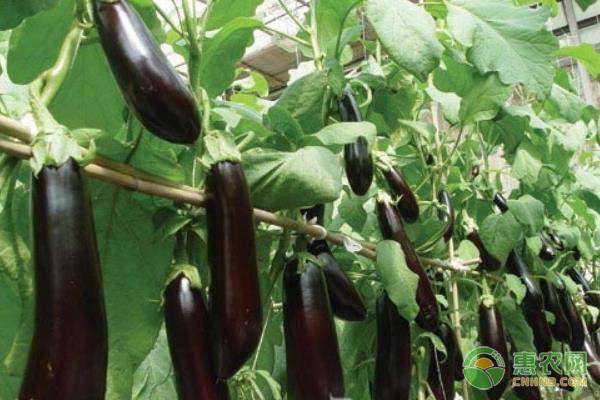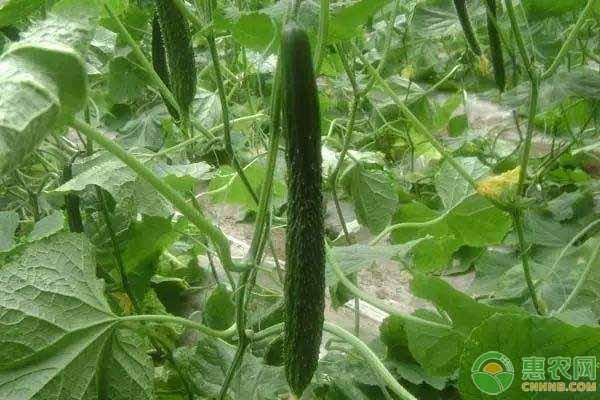Recently, some farmers have reported that their crops are often harmed by insects, but they have not seen insects. In fact, this symptom is caused by sassafras. The sassafras is a small, pale yellow to orange-yellow, translucent, shiny, aphid that looks like a spider. This pest is easily confused with viral diseases. What are the symptoms of sassafras? How to spread? How to prevent it? What are the precautions? 1, the symptoms of sassafras When the sassafras is harmed, the larvae concentrate on the young parts of the melons and vegetables, especially the buds, leaves and flowers that have not yet been unfolded. The damaged leaves are thickened and stiffened, narrowed and narrowed, and the back of the leaves will be yellowish brown or taupe with oily luster. The leaf edges curl toward the back and then become hard and brittle. After the young stems are damaged, they are yellowish brown to taupe, twisted, and the internodes are shortened. When severe, the top is dead and forms baldness. The flower is damaged, the flower bud is deformed, and it cannot bloom when it is severe. The young fruit is damaged, the affected area stops growing, the epidermis is yellow-brown, rough, and the fruit is stiff. After the swelling, the epidermis cracks, the bitter taste is inedible, and the fruit stalk and the sturdy piece are gray-brown. 2. How to quickly distinguish between viral diseases and sassafras? The symptoms of melons and vegetables are very similar to those caused by viral diseases. The symptoms of many vegetable farmers are unclear. They often misjudge the two diseases, causing improper medication and delaying the optimal prevention period, resulting in large-scale production reduction. Only when farmers’ friends correctly distinguish the symptoms of both, can they take the right medicine and take corrective measures. The biggest difference between virus disease and mites is that the back of the leaves is yellowish brown by the mites. The most obvious feature is that it seems to have a layer of "rust", the leaves are thickened and the oily stains are on the surface; It will form mottled green and light green, the leaves will shrink, curl, and the plants will be deformed, and there will be no rust on the back of the leaves. 3. The route of transmission of sassafras The tea sassafras is overwintered in the soil, vegetable and weed rhizosphere, and spread in the spring by vegetable seedling transplanting. The spread of crawling, wind and man-made, tools and vegetable seedlings spread and there are obvious points and stages. 4, prevention and control measures of sassafras The prevention and control of tea scutellaria should be comprehensively applied in agricultural control, biological control and chemical control measures, and timely prevention and control should occur when the film is taken. (1) Do a good job in the prevention and control of winter seedlings and production greenhouses. Remove the weeds around the shed and the room, and remove the litter in a timely and thorough manner after harvesting to eliminate the overwintering insect source. (2) Cultivate no insects. Before the transplanting, the vegetable seedlings were completely controlled by the agent. (3) The available natural enemies of the sassafras are controlled. Its natural enemies include Nissl's blunt cockroach, Dexter's blunt cockroach, tumorous long beard and small flower bud. (4) When chemical chemicals must be controlled, it is necessary to pay attention to the use of pesticides with low lethality to natural enemies. It is necessary to pay attention to the rotation of different types of chemicals to avoid harming natural enemies and causing drug resistance. (5) Chemical control The agent for controlling jaundice may be selected from the group consisting of 1.8% avermectin emulsifiable concentrate 4 000-5000 times solution, 5% thiazolone emulsifiable concentrate 1 500-2 000 times solution, 5% flubendialdehyde emulsifiable concentrate 1 000-1 500 times solution, 20% ketone ketone wettable powder 3000-4 000 times liquid, spray control. 5, precautions for the prevention and control of sassafras Because the stag beetle is extremely small and difficult to be found, early investigation needs to be judged according to the victim plant. The vegetables in the protected areas should be strengthened after the planting of the seedlings, and it is found that individual plants are promptly selected to prevent the spread of the symptoms. Spring and autumn tea yellow sputum should be regularly administered at intervals of 7 to 10 days. The main focus of spraying is on the upper leaves, tender stems, flower organs and tender fruits of the plants, and pay attention to the rotation of medication. The above are the symptoms, transmission routes, control measures and precautions of the sassafras. In addition to the melons and vegetables, the sassafras can also damage the solanaceous fruits, such as peppers, eggplants, etc., as well as beans, leeks, kale, Various vegetables such as celery and cabbage. Once infected, it will have a certain impact on crops and reduce the economic benefits of farmers, so farmers must prevent and control in time. For the wonderful pictures and hot comments of the sassafras, you may be interested in the following recommended contents, please read. Lactobacillus Crispatus,Crispatus Lactobacillus,Lactobacillus Crispatus Powder,Lactobacillus Crispatus Probiotic Biodep Biotechnology Co. ,Ltd. , https://www.biodep.com.jpg)

